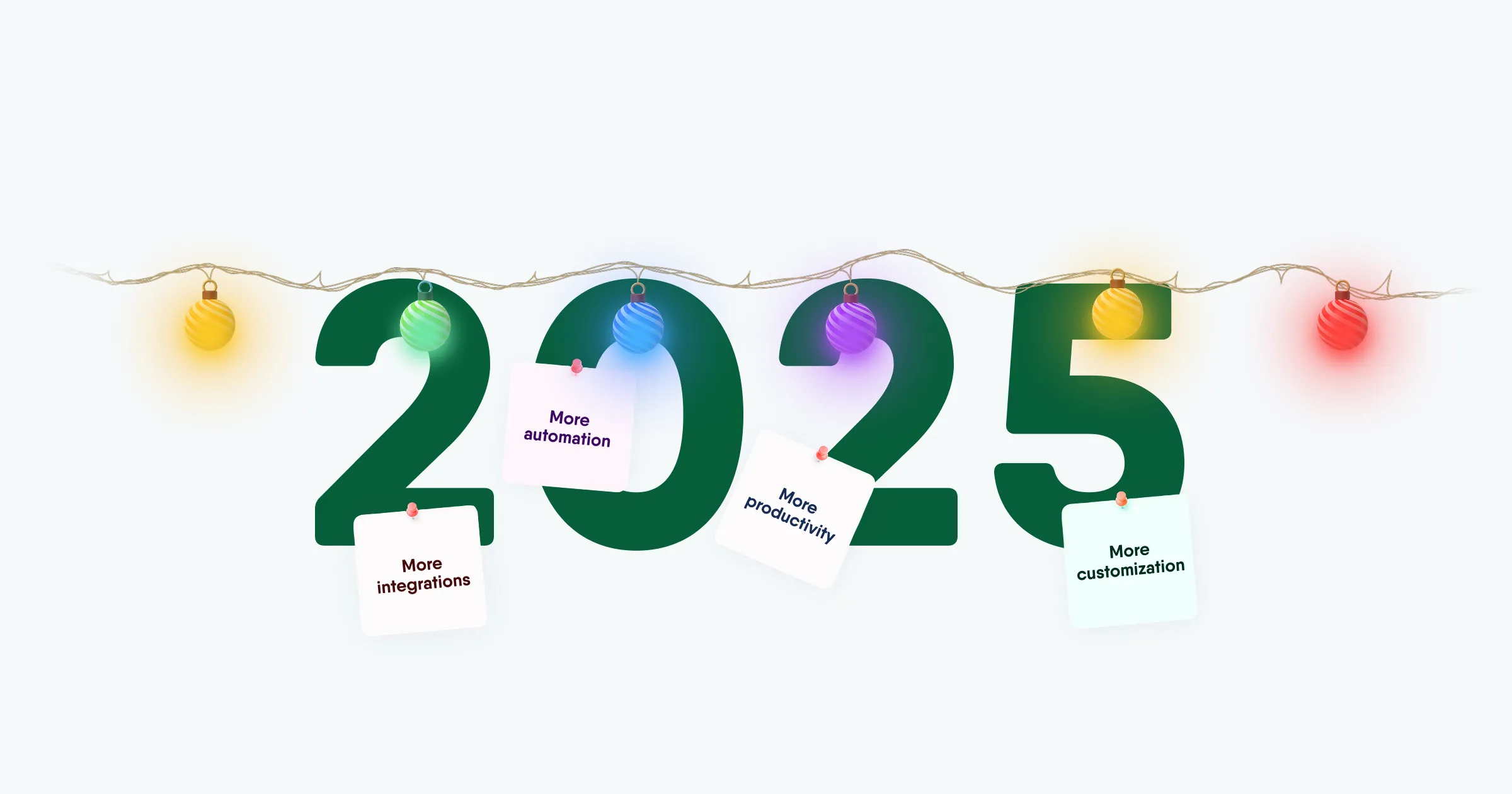Rewards and recognition
What’s the difference between rewards and recognition?
What’s the difference between rewards and recognition?
Recognition is about communicating to employees that their effort, attitude, or specific actions are noticed and valued by the organization. It is usually non-material and expressed through words or gestures – for example, thanking someone during a team meeting, offering personal feedback, or giving public acknowledgment. Recognition is most effective when it’s part of everyday interactions rather than reserved for special occasions. It’s quick, doesn’t require major resources, and carries strong psychological value because it builds meaning and intrinsic motivation.
Rewards, on the other hand, are more formal and typically linked to financial compensation or additional benefits. They are often structured and implemented within HR policies – for example, performance bonuses, annual incentives, or flexible benefits programs. Rewards involve financial investment and are usually aimed at reinforcing desired behaviors over the long term.
Key differences:
Recognition | Rewards |
|---|---|
Builds relationships and intrinsic motivation | Formally reinforces behaviors |
Part of everyday interactions | Usually cyclical or exceptional |
Given for effort, initiative, or attitude | Tied to results and measurable outcomes |
Often intangible (words, gestures) | Tangible or organizational (bonuses, benefits) |
No financial cost | Requires financial resources |
Reward practices became widespread in HR management with the development of pay systems in the 20th century, especially in the post-war period when compensation standards and bonus programs were taking shape. Recognition as an HR tool draws from motivational psychology, particularly Maslow’s hierarchy of needs and Herzberg’s two-factor theory, which emphasized that salary alone is not enough – employees also expect acknowledgment and a sense of purpose.
Today, both practices are used complementarily as part of a holistic employee experience strategy.
How can you recognize and reward employees?
Recognition and rewards can take many forms. Recognition addresses the need for everyday acknowledgment, while rewards build a predictable system of incentives.
Recognition
- Kudos in company communication – a quick, public acknowledgment in the intranet or team chat. Simple, fast, and visible.
- Mentions on company social media – highlighting employee achievements strengthens their professional image and sense of pride.
- Shout-outs in team meetings – verbal recognition reinforces the importance of an individual’s contribution and builds a culture of appreciation.
- Private congratulations – a one-on-one conversation or personal message from a manager often has more impact than public praise because it feels authentic.
- Thank-you letter or email – a personalized message, while traditional, is still highly valued and lasts longer than a spontaneous comment.
- Symbols of recognition – non-financial perks such as choosing a project, attending a prestigious training, or joining a strategic meeting.
Rewards
- Performance bonuses – typically linked to team or individual results; motivating, but must follow clear rules.
- One-time bonuses – for project completion, process improvements, or work anniversaries.
- Expanded benefits packages – such as additional health coverage or wellness perks.
- Extra paid time off – highly valued as employees gain something money can’t buy: time.
- Material rewards – electronics, vouchers, or event tickets; effective as add-ons to monetary bonuses.
- Professional development programs – funding postgraduate studies, certifications, or specialized courses benefits both employees and the organization.
- Incentive trips and team events – a classic way to reward teams and build lasting bonds through shared experiences.
Why recognition and rewards matter
Consistent recognition and a well-designed rewards system are not just part of organizational culture – they directly influence business outcomes. Their impact is visible in:
- Motivation to perform better – employees who feel noticed are more likely to take initiative and aim for higher quality work. Motivation shifts from external to internal.
- Higher engagement – ongoing recognition strengthens employees’ sense of belonging and ownership.
- Stronger team relationships – when contributions are acknowledged, teams function more smoothly and trust grows.
- A sense of community – group rewards or public recognition foster alignment with organizational goals and values.
- Lower turnover – employees who experience both recognition and rewards are less likely to look elsewhere. Often, acknowledgment matters more than salary alone.
- Employer branding – a consistent recognition and rewards strategy enhances the company’s reputation among both candidates and current employees.
How to align recognition and rewards with employee needs
An effective recognition and rewards system should balance employee expectations with the organization’s capabilities. It’s best to build it around a few core principles:
Understand employee needs
The most reliable source of information about what truly works is the employees themselves. Surveys, one-on-one meetings, or focus groups – structured discussions with a selected group of employees that allow for in-depth insights and observation of group dynamics – help determine whether employees value flexible working hours, additional training opportunities, or verbal recognition from their manager more highly.
Link rewards to business goals
Rewards are most meaningful when they directly support the organization’s strategy. For example, if customer service is a top priority, rewarding high-quality service reinforces the right behaviors and keeps the team’s attention focused on what matters most.
Set clear financial boundaries
The budget for the rewards program must be clearly defined and carefully monitored. This way, employees know they can count on additional incentives, while the organization maintains balance between costs and the impact of the rewards.
Offer variety
Repetitive solutions lose their power over time, which is why it’s important to rotate the forms of recognition and rewards. This prevents employees from seeing them as routine perks and ensures they are perceived as something meaningful and valuable.
Track outcomes
Evaluating the effectiveness of the recognition and rewards system should go beyond budget analysis. It also requires measuring employee satisfaction, turnover rates, and levels of engagement. Regularly reviewing the organization’s practices makes it possible to adjust and adapt the program to the evolving needs of the workforce.
Challenges in recognizing and rewarding employees
When designing a recognition and rewards system, it’s easy to fall into patterns that reduce its effectiveness. In practice, the following difficulties occur most often:
Mismatch with workforce demographics
Expectations around recognition and rewards differ depending on an employee’s age and career stage. Younger employees tend to seek flexibility, opportunities for rapid development, and new experiences. Older employees, on the other hand, usually value stability, expanded benefits, and acknowledgment of their experience. Failing to understand these needs means the program doesn’t meet expectations – it loses its motivational impact, and employees may start feeling unfulfilled or frustrated.
Overreliance on one approach
A system built on just one type of gratification – only bonuses or only praise – is rarely effective. If the financial aspect dominates, employees may feel that only results matter, while everyday effort and positive attitudes go unnoticed. Conversely, limiting recognition to verbal praise without material support can come across as insincere. In both cases, motivation and the sense of fairness decline.
Recognizing only measurable results
Rewarding only measurable outcomes, such as sales results, overlooks behaviors that are essential to organizational culture: collaboration, knowledge sharing, innovation, or willingness to help others. As a result, the organization sends a one-sided message about what it values. This discourages actions that aren’t formally rewarded, even though they contribute to the company’s long-term growth.
Delayed or infrequent recognition
A reward or acknowledgment has the greatest impact when it comes quickly and is directly tied to the achievement. If recognition is delayed or happens only occasionally, employees lose the sense of connection between their actions and the acknowledgment. The motivational effect weakens, and the system begins to seem unreliable according to the team.
Impersonal delivery
Generic messages like “Thank you, everyone!” or mass distribution of rewards dilute their value. Employees don’t feel individually seen or appreciated for their specific contributions. As a result, the system may be perceived as a formality rather than a genuine tool of acknowledgment. Even small, personalized gestures are more motivating than large but impersonal rewards.
Mistakes to avoid when creating a recognition and rewards system
Recognition and rewards programs have great potential, but just a few missteps can turn them from motivational tools into sources of frustration.
Skipping employee education
Employees need clear information about why the organization is introducing a recognition and rewards system and what its rules are. Even before launch, the team should understand that it’s part of company policy and applies to everyone. It’s important to demonstrate what benefits the program brings and why it’s worth engaging in. Only then will employees see it as a genuine initiative to support well-being and motivation – not as another form of control. Without this education, the result is distance, mistrust, and declining engagement.
Poor communication
Recognition and rewards require ongoing communication, not just a one-time announcement. Employees should regularly receive updates about which behaviors are rewarded, which achievements are being noticed, and how they can expect recognition. When communication is sporadic or too vague, employees begin making assumptions and comparing themselves to others. This creates a sense of unfairness and undermines the motivational effect.
Fully outsourcing the program
Support from external vendors – for example, with benefits or technical administration – can be helpful, but fully outsourcing the program weakens its value. Recognition and rewards should be rooted in the organization’s culture and led by managers who know their people best. If the entire program is “handed over” to outside providers, employees perceive it as impersonal and inauthentic. Rewards then stop being a symbol of employer appreciation and instead feel like just another purchased benefit.
Unrealistic or uninspiring goals
A recognition program only works if the goals are both realistic and motivating. If the bar is set too high, employees quickly lose faith in their ability to meet the requirements and stop making extra effort. If goals are too low, rewards lose their meaning and start to feel like routine perks or a standard part of compensation. In both cases, engagement suffers.
One-size-fits-all solutions
One-size-fits-all solutions rarely succeed in recognition and rewards. Every team is diverse, and expectations around rewards differ. For some, opportunities to participate in interesting projects or development programs carry the most value; others prefer financial rewards or additional time off. If the system offers a one-size-fits-all approach, it quickly loses appeal and fails to deliver the desired impact. Employees may come to feel that the organization is operating mechanically, which erodes trust.
How to use an HR platform to manage recognition and rewards
Modern HR platforms, such as PeopleForce, make it possible to seamlessly integrate recognition and rewards into other employee management processes. With such a platform, you can:
- Set goals and KPIs, and then track their achievement at both the team and individual level.
- Collect performance and productivity data, analyze it, and compare it against established goals.
- Organize recurring one-on-one meetings and facilitate regular feedback exchanges.
- Create recognition and rewards policies and publish them in a centralized, accessible document hub.
- Integrate with tools like Slack or MS Teams to send kudos and acknowledgments in real time.
- Manage correspondence and schedule meetings in Outlook, Gmail, or Google Meet, ensuring that recognition moments are included alongside other agenda items.
These features help make recognition and rewards a natural part of daily work, rather than an occasional side project launched only on special occasions.
Summary
Recognition and rewards are HR tools that shape organizational culture and influence how employees perceive their workplace. They should not be limited to symbolic gestures like Employee Appreciation Day. Instead, they are most effective when embedded in everyday management and team relationships.
Start by talking to your team about which forms of recognition matter most to them – this will allow you to build a system that truly meets employee needs.

